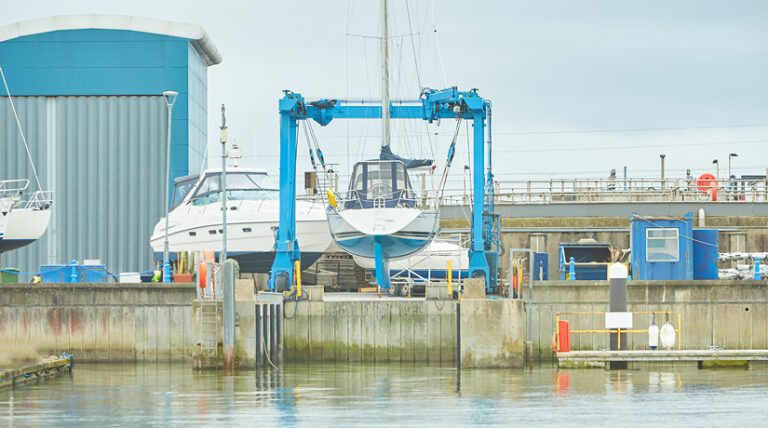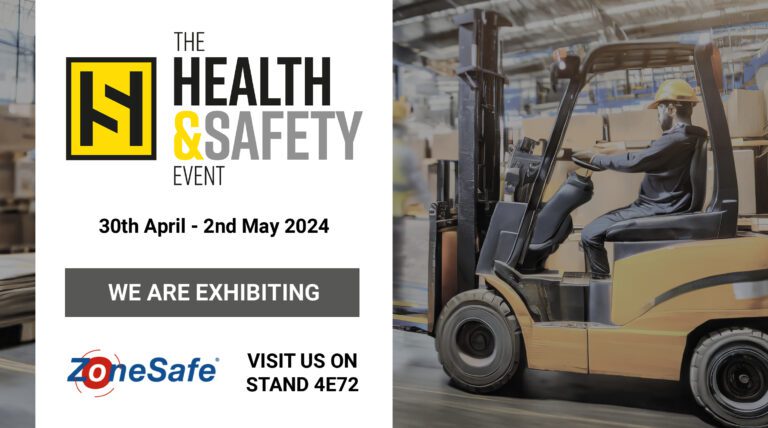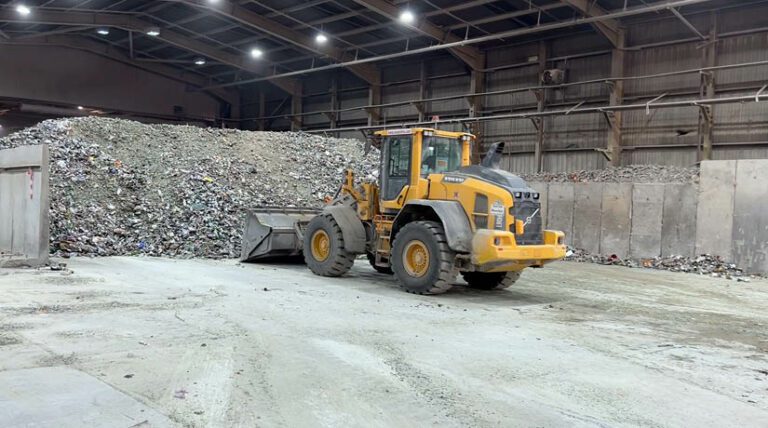
How dangerous are forklifts? (and other work vehicles)
The HSE (Health and Safety Executive) states that vehicles at work continue to be a major cause of fatal and minor injuries. Every year, there are over 5000 incidents involving transport in the workplace. About 50 of these result in people being killed. Estimates suggest that up to one-third of all vehicles-related accidents involve someone who is at work at the time.
The HSE offers some advice, and Dos and Don’ts:
DO:
- Keep people and vehicles apart
- Have clear site rules and enforce them
- Anchor load securely to the vehicle chassis
- Avoid the need to work at height on vehicles
DON’T:
- Operate vehicles unless authorised to do so.
Forklifts are the most common form of industrial vehicle. Forklifts are often involved in incidents at work when improperly used. Here are the five most common hazards when using forklifts:
Manoeuvring:
Industrial vehicles (especially forklifts) do not move in the same way as car. Those with ‘rear-end steering’ give a tight turn radius at the front, but at the back end the truck swings wide when turning. Pedestrians, and anyone else acting as a spotter to help the vehicle manoeuvre must know to allow plenty of clearance around the truck.
Blind spots:
The loads carried on the vehicle can create blind spots for the driver. The forklift is often operated in reverse to help the driver’s vision – so the driver must be knowledgeable when working the controls to enable him to drive safely in reverse. Pedestrians should always stay clear of the driver’s blind spots.
Unstable load:
Many different industrial vehicles and their loads can become unstable when operating in different levels, on wet or oily surfaces, and on rough terrain. Trucks and loads are also less stable when making fast turns, and when the load is in the raised position.
Re-fuelling:
Fuelling and recharging operations are very hazardous. Refuelling of diesel and propane are more obvious because of the fire hazards, but battery recharging operations can generate flammable hydrogen gas, which may not be known. NEVER smoke or light any flame near a refuelling or charging area.
Speed of vehicle:
As forklifts handle such heavy loads, they are obviously much heavier than cars. A forklift operating at a slow speed can do as much damage as a car driving about 15 miles per hour.
Forklift drivers must obey speed limits, but pedestrians should also stay in designated pedestrian walkways. Vehicles and trucks will slow down and perhaps sound the horn at pedestrian crossings, but pedestrians must also watch for vehicle traffic. It’s important that the driver makes eye contact with the pedestrian, to ensure that the pedestrian is recognised and can cross safely.
Difficult to segregate?
Sometimes it can be difficult to segregate vehicles and pedestrians in the workplace.
The HSE states:
‘Your circumstances might mean that complete segregation is not possible, so you would need to have clearly marked pedestrian and vehicle traffic routes, using measures such as barriers and signs. There should be separate entrances and exits for vehicles and pedestrians, and vision panels should be installed on doors that open onto vehicle traffic routes.’
A safer way
Having extra safety precautions in place ensures that your staff have protection against the hazard of moving vehicles. ZoneSafe Proximity Warning Systems can help to protect staff by reducing the risk of accidental collisions between pedestrian workers and industrial vehicles.
How does it work?
ZoneSafe uses radio frequency identification (RFID) technology to create detection zones around vehicles, assets, crossing points and walkways. ZoneSafe uses Active Tags which are identified by the system when that person enters the detection zone.
ZoneSafe tags do not require line of sight, and will be detected regardless of obstructions, blind spots or poor visibility – solving the issue of areas that are unable to segregate vehicles and pedestrians.
For more information, visit www.zonesafe.net
Continue Reading

What Are The Best Active Signage Systems For a Marina?
Similar to any setting where vehicles and people interact closely, there are many risks around the marina environment. Heavy vehicles and cranes are often in…

Visit ZoneSafe at The Health & Safety Event
Our next exhibition this year comes at The NEC for The Health & Safety Event. This is a fantastic opportunity for you to explore the…

How to Improve Vehicle Safety In Your Waste Centre
Workplace transport accidents are one of the most common causes of serious injuries and fatalities in the waste management industry, and being struck by a…
Get in Touch
See how ZoneSafe can provide a solution for you Get in touch
